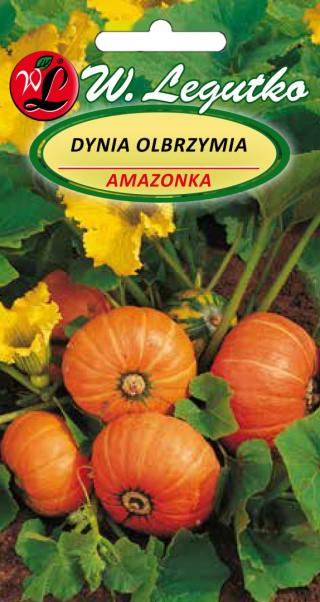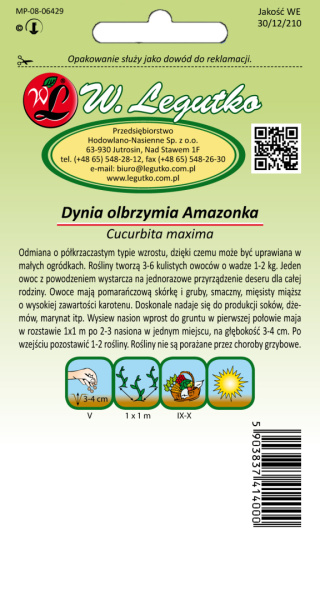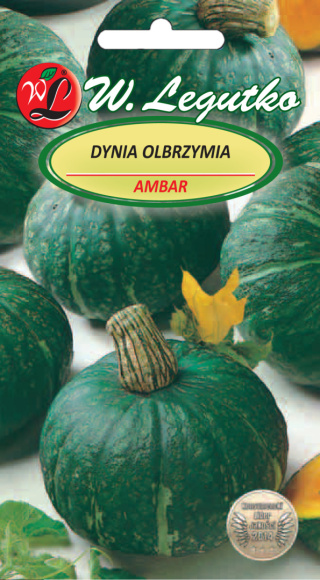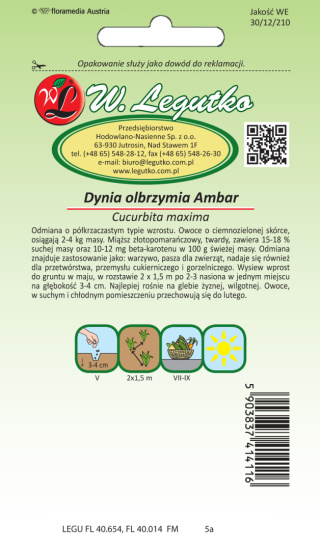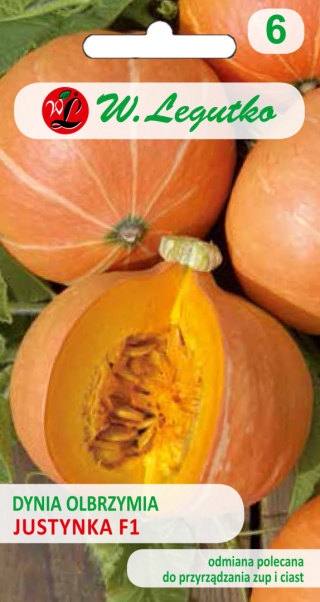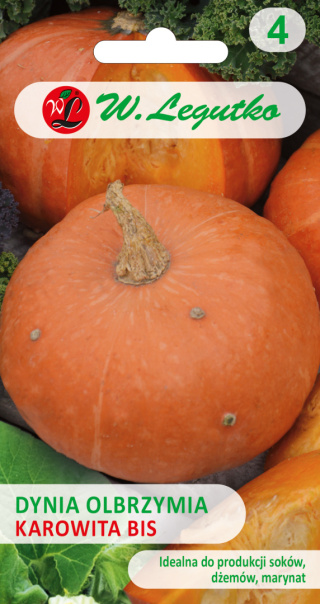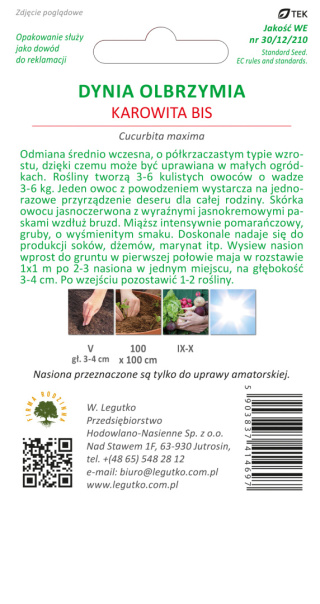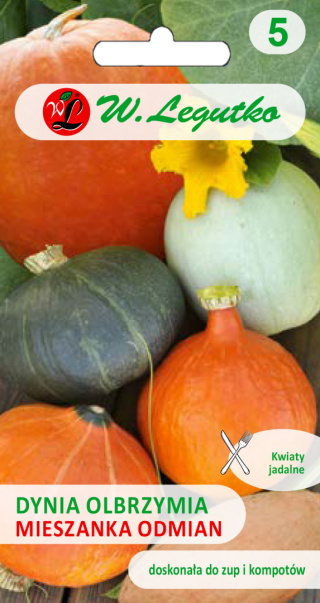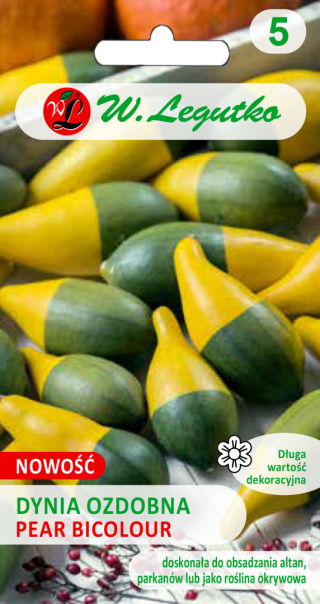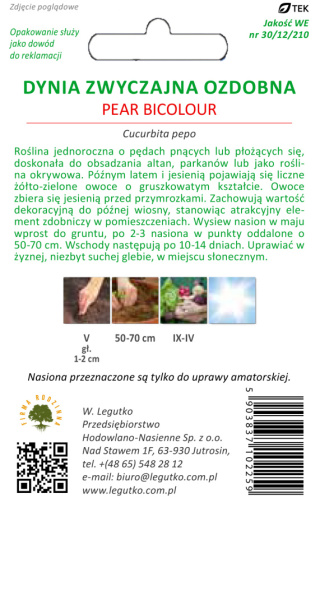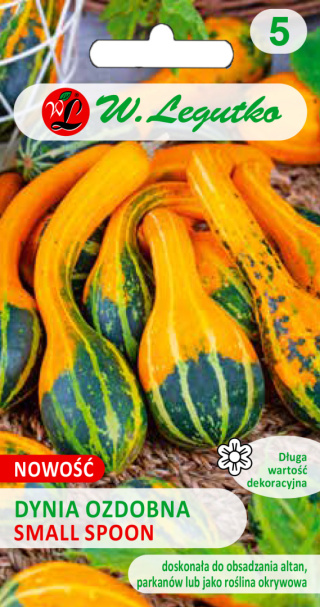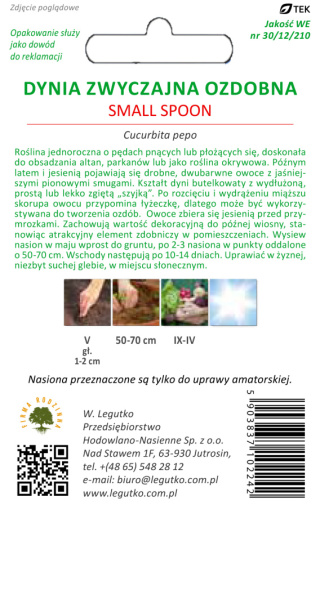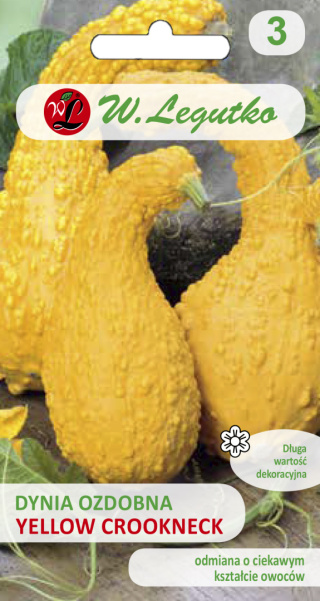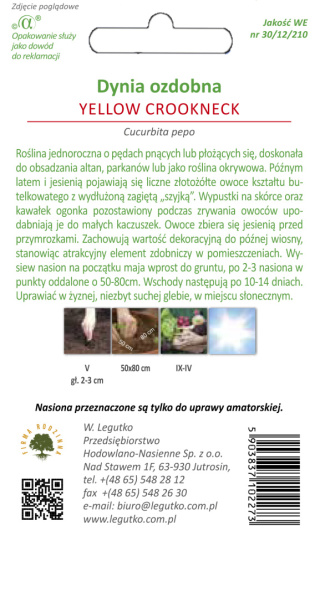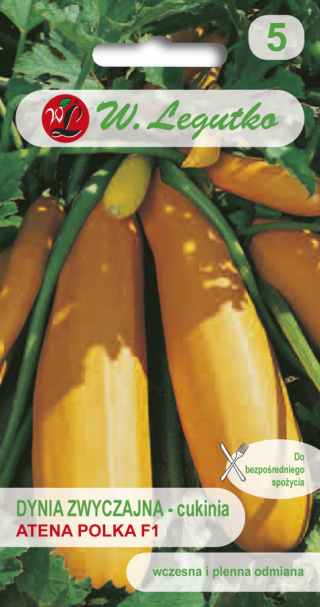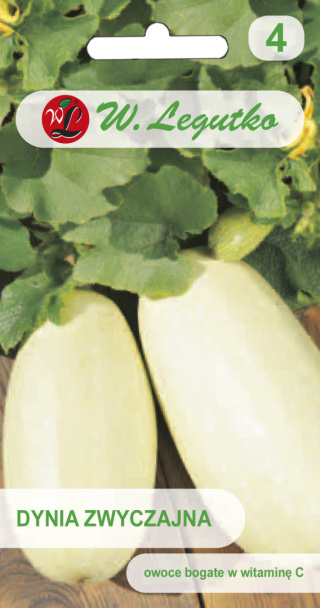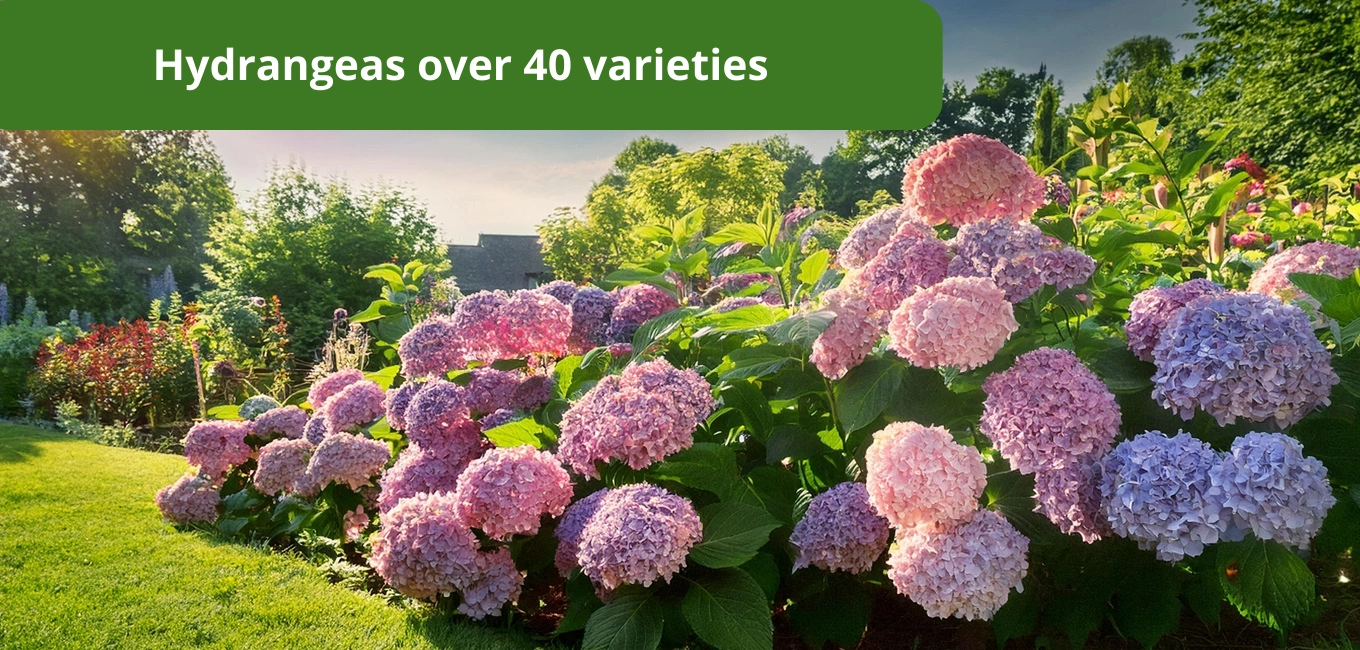Pumpkin
Number of products : 45Pumpkin is a versatile vegetable with rich nutritional values, ideal for soups, cakes and preserves. We offer seeds of various pumpkin varieties, adapted to Polish growing conditions, guaranteeing abundant yields and excellent taste.
| Shipping within : | 24 hours |
| Shipping within : | 24 hours |
| Shipping within : | 24 hours |
| Shipping within : | 24 hours |
| Shipping within : | 24 hours |
| Shipping within : | 24 hours |
| Shipping within : | 24 hours |
| Shipping within : | 24 hours |
| Shipping within : | 24 hours |
| Shipping within : | 24 hours |
| Shipping within : | 24 hours |
| Shipping within : | 24 hours |
Pumpkin (Cucurbita) is an annual plant from the cucurbitaceae family, valued for its tasty flesh and versatile use in the kitchen. It is rich in vitamins A, C, E and minerals such as potassium and iron. Regular consumption of pumpkin supports the immune system, eyesight and skin health.
Cultivation requirements:
-
Position: Pumpkin prefers sunny, warm and wind-sheltered positions. It is a thermophilic plant, so the best yields are obtained in places with high sunlight.
-
Soil: It grows best on fertile, humus soils, with a slightly acidic to neutral pH (pH 6.0-7.0). The soil should be well-drained and moist, but not waterlogged.
Sowing and care:
-
Sowing: Pumpkin seeds are sown in May, when the risk of frost has passed, directly into the ground or seedlings are prepared earlier in April. The recommended spacing is 1-1.5 m between plants, due to their spreading growth.
-
Irrigation: Regular watering is crucial, especially during flowering and fruit set. Flooding should be avoided so as not to lead to root rot.
-
Fertilization: Before sowing, it is worth enriching the soil with compost or well-decomposed manure. During vegetation, mineral fertilizers with a predominance of potassium and phosphorus can be used.
Pumpkin varieties recommended for cultivation in Poland:
-
Hokkaido: A variety with small, orange fruits with edible skin and nutty taste. Ideal for soups and baking.
-
Butternut: A pear-shaped pumpkin, bright orange flesh and a small amount of seeds. It is perfect for soups, casseroles, and desserts.
-
Muscat de Provence: A variety with large, flattened fruits with ribbed skin and sweet, aromatic flesh. Great for preserves and long storage.
Harvesting and storage:
The pumpkin is ready for harvest from September to October, when the skin becomes hard and the stalk becomes woody. After harvesting, it should be dried in a warm, airy place, which will extend its shelf life. Store in a cool, dry room, which will allow you to enjoy its taste throughout the winter.

